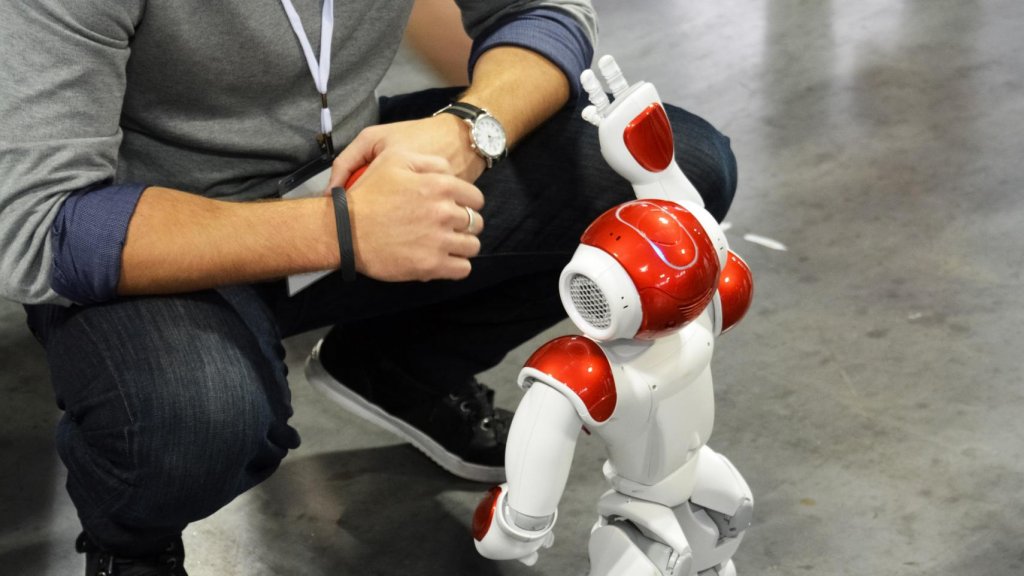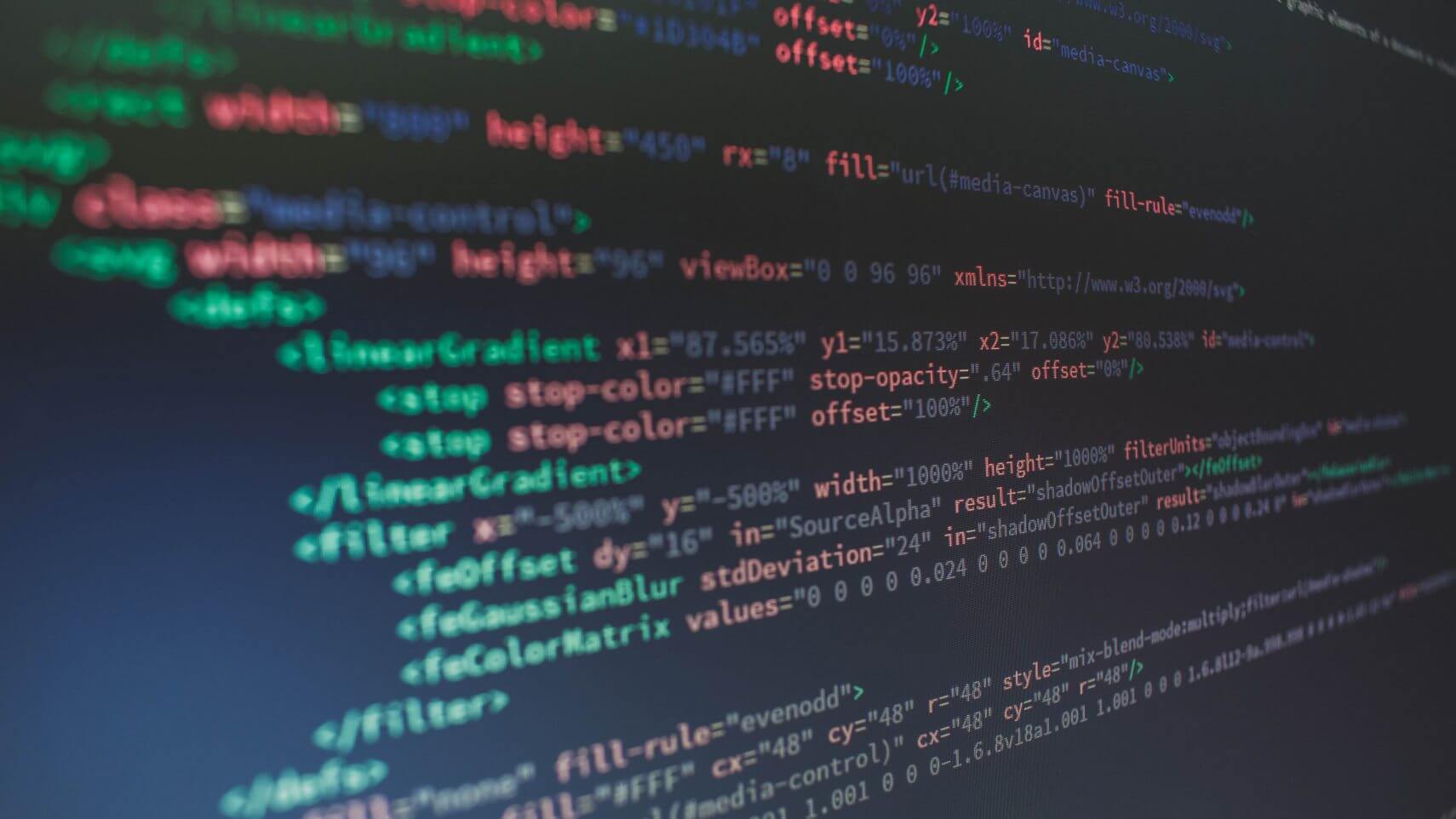AI (artificial intelligence) technology is permeating our lives and business scenes. AI is evolving at an unprecedented speed, so how will it develop in the business world in the future? In this article, we will explain the expected future and impact of the development of AI, while touching on its history and current situation.
History of AI development

1. Birth of AI (artificial intelligence) (1950s)
The term artificial intelligence has its roots in British mathematician Alan Turing’s book “Computing Machines and Man” published in 1950. The term “artificial intelligence” was first used at the Dartmouth Conference held in 1956, and AI became known among scientists and AI research became active.
2. First AI boom (1960s)
During the first AI boom, research focused on using computers to perform inference and exploration. People were amazed at how computers solved specific problems one after another.
3. The winter era (1970s) when the limits of AI (artificial intelligence) were seen
The first AI boom gradually died down as it became clear that the rules were unclear and that it could not solve complex problems. The problem that artificial intelligence was able to solve at this time came to be known as the “toy problem.”
4.Second AI boom (1980s)
The AI boom regained momentum in the 1980s. The trigger for this was the expert system. An expert system is a system that makes judgments on behalf of experts, and it had an impact on the market at the time as a program that inputs data based on rules and provides answers based on conditional reflexes.
5.A time when AI (artificial intelligence) research was at a slump (late 1980s)
The expert system seemed to be doing well, but it hit its limit again. Researchers were discouraged by the need to describe vast amounts of human knowledge at the level of “common knowledge” and the inability to deal with exceptions and contradictory rules.
6.Third AI boom (2006-present)
The period from 2006 to the present is the third boom. The background to this boom is the emergence of machine learning and deep learning, and the spread of big data. Until now, the mainstream method was for humans to define rules and AI to solve problems and extract knowledge. This boom is drawing attention to the fact that AI learns and makes assumptions on its own.
What is the size of the modern AI market?

ITR’s research predicts that the CAGR (Compound Annual Growth Rate) of the eight major AI markets from 2020 to 2025 will be 18.7%, reaching 120 billion yen in 2025. The machine learning platform market recorded the highest sales amount in fiscal 2020, with an increase of 44.0% compared to the previous year. With an increasing number of vendors entering the market, this field is expected to continue to grow.
What modern AI can achieve

AI, which has both learning and judgment abilities, is used in a variety of business situations. From here, we will introduce what modern AI can achieve.
machine learning
Machine learning is one of the elemental technologies of AI, and refers to technology that inputs large amounts of data into a computer and allows it to discover patterns and rules hidden in the data. A familiar example is Google’s search ads, where services are now available that use machine learning to automatically operate ads.
image recognition
Image recognition is also one of the things that AI can do. Image recognition is a technology that recognizes and judges what is captured by an AI camera. With recent face detection technology, there have been cases where highly accurate facial recognition has been achieved even under special conditions such as when a person is wearing a hat or a mask.
automatic translation
In the field of translation, AI now performs automatic translation using deep learning. Automatic translation technology, as exemplified by “DeepL Translation,” has achieved remarkable growth.
self-driving
Autonomous driving, which is expected to be lifted worldwide in the near future, is also equipped with AI technology. It is expected that AI will be able to recognize people and roads from images from cameras installed in cars and control driving, reducing accidents and traffic jams and enabling safe and comfortable travel.
Operation work
AI is being used in everyday areas, even in the field of operational work. One example is the voice assistant function “Siri” installed in the iPhone. AI assistants can clearly distinguish human words and provide accurate responses based on data.
What will the future hold for AI? What is the singularity that will arrive in 2045?

The singularity, which is often talked about in the news, refers to a “technological singularity” where AI surpasses human intelligence. Currently, American futurist Ray Kurzweil proposes that we will reach the Singularity in 2045. However, due to concerns that humans will be dominated by machines, some believe that the development of AI will stop as long as humans can control it.
Jobs that will disappear and jobs that will not disappear due to the development of AI

It is said that as the use of AI advances, some jobs will disappear and others will not. Here, we will explain each occupation and the reason for it.
Jobs that are said to disappear
Jobs that may be eliminated by AI include:
Office work
Security work
Construction work
Driving taxis and trucks Reception
work
Line work
Cashier workSimple tasks such as routine work and input work are fields that are well suited to computer processing. Therefore, monotonous work that does not require much human judgment and work that requires a lot of physical effort are likely to be candidates for replacement.
Jobs that are said to never go away
Jobs that are unlikely to be eliminated by AI include:
Sales
Nursing Care
Consulting
Art
Counseling
ChildcareWhile AI is good at completing set tasks, it is not very good at creative work, such as coming up with new ideas and responding flexibly to situations. It can be said that jobs that cannot be completed without human hands are unlikely to disappear even if AI is introduced.
Measures you can take to coexist with AI

The introduction of AI is steadily progressing in business settings. Going forward, we will need to change not only our businesses but also our lifestyles.
Thinking about new ways of working
It is important to first systematize and organize work that has traditionally been highly individualized. We need ideas for changing workplaces and work styles based on the premise of automation with AI.
Develop skills that can utilize AI
In order to successfully use AI in your work, it is essential to hone your AI-related skills. If you find something that interests you, such as free courses or G-tests held by AI companies, please be proactive.
Benefits of using AI in business

There are various benefits to implementing AI in your business. Here we will explain the benefits of using AI in business.
Labor burden can be reduced
With labor shortages becoming a serious social problem due to the declining birthrate and aging population, securing a workforce has become an urgent issue for companies, regardless of industry or size. In order to address these issues, it is essential to not only employ a wide variety of human resources but also to make full use of digital technology to improve operational efficiency. By using AI to automate routine tasks that burden business operations, robots can take over simple tasks, reducing the workload and allowing employees to focus on more sophisticated tasks.
Productivity can be improved
Work that is monotonous and involves repeating the same actions over and over again, and work that does not allow for mistakes, are areas where AI is best suited. Therefore, human error can be eliminated by replacing simple tasks such as image recognition, analysis, and data analysis with AI-equipped machines. As a result, you’ll be able to work more accurately and faster than ever before, increasing your productivity.
Customer satisfaction can be improved
If it becomes possible to maintain stable productivity and quality through the use of AI, we can expect to improve customer satisfaction. For example, in customer support operations, we will be able to provide 24-hour, 365-day customer support by introducing chatbots that use AI. Even when you don’t know how to use a product or service on a holiday or late at night, if a chatbot can help you smoothly solve the problem, you will naturally increase customers’ trust in your product.
summary
It is believed that the things that AI can do will continue to increase in the future, and it is predicted that it will become an indispensable part of our lives.


